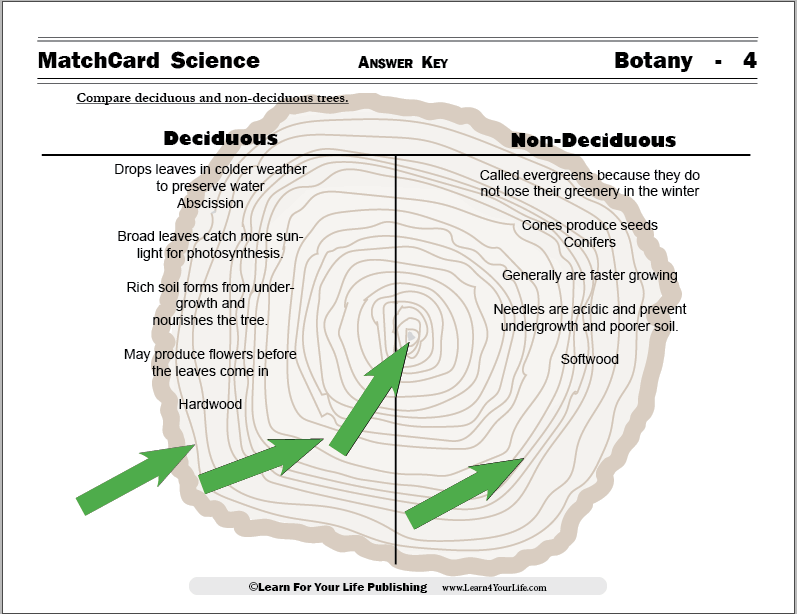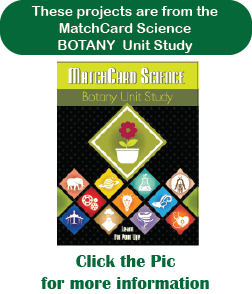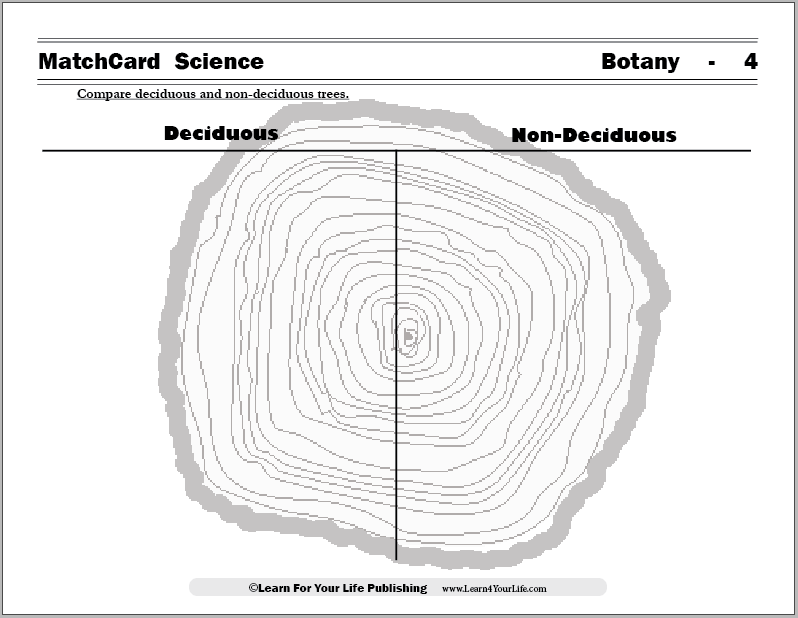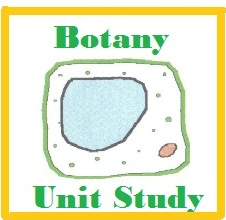Deciduous vs Nondeciduous Trees
Kids compare deciduous and non-deciduous trees as they explore the king-of-plants.
Free Download Below


MatchCard Science Deciduous and Non-deciduous Trees
Objective: Compare deciduous and nondeciduous trees.MatchCard: Download below.
MatchCard Information Pieces are placed on the MatchCard to contrast deciduous and non-deciduous trees.
Download the Deciduous and Nondeciduous Trees MatchCard


This is MatchCard #4 of the Botany Unit Study. Find more information on MatchCard Science below.
What Does Deciduous Mean?
Deciduous vs non-deciduous: which is which?The word deciduous comes from the Latin word "dēcidere" to fall down or fall dead. (Deceased and decedent come from the same word.)
The leaves of the deciduous trees fall down every fall. The words "fall" and "deciduous" are closely connected.
So now you probably know which is which.
Facts about Deciduous Trees
Annual Leaves
Here are the basic facts about deciduous trees that MatchCard students in their comparisons:- Broad leaves catch more sunlight for photosynthesis.
- Drops leaves in colder weather to preserve water.
- Abscission annually (The leaves fall away.)
- Rich soil forms from undergrowth and nourishes the tree.
- May produce flowers before the leaves come in.
- Hardwood
Facts about Nondeciduous Trees
Evergreen
These are the important facts about the nondeciduous trees:- Called evergreens because they do not lose their greenery in the winter.
- Cones produce seeds.
- Conifers
- Generally are faster growing.
- Needles are acidic and prevent undergrowth and poorer soil.
- Softwood
Dendrology
The Study of Tree Rings
Dendrology is a triple compound word from Greek:- dendro - tree
- chrono - time
- ology - study
Check Out Those Tree Rings
If there is an exposed tree trunk near you, take some time to check out the rings. How old was the tree when it died? Can you see the differences in the rainfall over the years?Thick circles indicate a year with lots of rainfall; while a thin circle indicates little rainfall.
Activities to Learn More About Deciduous and Nondeciduous Trees
Here are some of the MatchCard Science hands-on activities done in this lesson.
Where Do the Fall Colors Come From?
Leaves are green, right? Then why do we see so many other colors in the fall months? Here’s how to find out:
- Class jars/glasses/transparent cups
- 3-5 different types of leaves
- Rubbing Alcohol
- Rolling pin (alternative: scissors/fingers)
- Coffee Filter (cut into strips)
- Cake pan/pie plate(optional)
Use the rolling pin to crush each leaf individually. As an alternative, you can cut the leaf into tiny pieces with scissors or smash with your fingers. You are breaking the membranes with this action.
You can use the rolling pin with each leaf in a separate sandwich bag if you choose. Finally, put your squished up, crunched up leaf in the bottom of one of the jars. Repeat with the other leaves placing each in its own jar.
Pour rubbing alcohol over the leaf mixture in each jar. Use a fork or whisk to stir and compress the leaves against the side of the jar to help release the chlorophyl (green pigment) into the liquid. Repeat with all specimens.
Put a strip of coffee filter in each jar. It should be longer than the jar. Set aside. You will see the colored pigments in the leaf absorbed onto the filter paper and separate out.
This reaction can be sped up by putting all the jars in cake/pie pans and adding hot water to the pan.
Result: the fall colors are in the leaves all year round - but you don’t see them because the green chlorphyl masks them.
More Hands-On Activities
- Leaf Collection - sort leaves by shape
MatchCard Science
How To Use MatchCards

Download the FREE MatchCard Science Instructor's Guide and see how MatchCards can make building their science knowledge base fun.
Botany Unit Study

Check out our entire Botany Unit Study with 11 objectives.
12 Science Unit Studies

Chemistry is only one of twelve complete unit studies for kids in 3rd to 8th grade.
Comprehensive objectives, hands-on projects, suggested science fair experiments, and the fun game-like MatchCards keep them interested in learning science. See all twelve MatchCard Science Unit Studies.
About Our Site
Hands-On Learning













